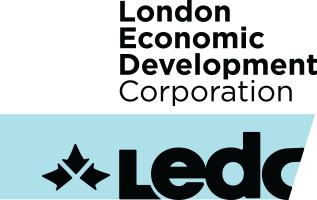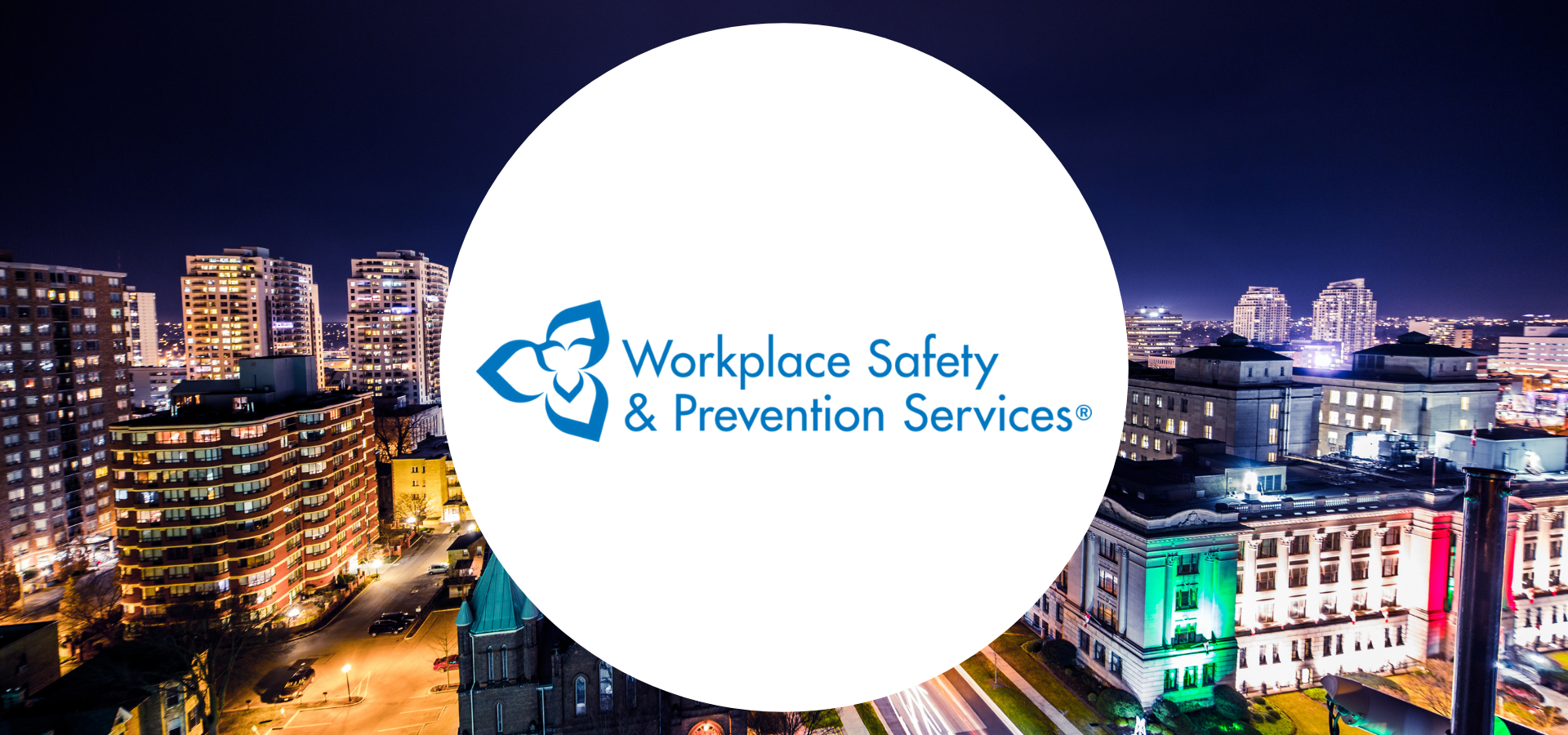“Should my employees be wearing a mask?” This is one of the most common COVID-19-related questions from employers concerned about protecting their people.
Regional public health units have mandated wearing a mask in indoor public spaces, but Workplace Safety & Prevention Services’ Manager of Technical Services Wagish Yajaman notes that this rule may not apply to other indoor spaces, such as an office, factory or warehouse. In these spaces, the answer depends on the hazards posed to employees and the risk from exposure.
“Remember the goal behind using masks,” says Wagish. It is to prevent or minimize the spread of COVID-19. For workplaces the question then becomes, “Is using a mask — or more precisely ‘control at the potential source’ — the best approach, or are there other methods of protecting employees that are more effective?” Masks are considered a form of source control because they help control the risk of possible infection at its source — the person wearing the mask.
If you haven’t conducted a COVID-19 hazard assessment, now is the time. Assessment results will help you determine whether other hazard controls — staggered shifts, controlled entry and exit, physical barriers, signage, surface decontamination, physical distancing, and more — can provide more effective protection.
If your assessment suggests protective equipment is part of the solution, you still face the challenge of determining what type of source control protection would be best. A fabric face covering? Non-medical mask or face shield?
To bring clarity to the issue, WSPS has created a guide called Filtering Face Pieces, Masks, and Fabric Face Coverings: Facts. This resource will help businesses to:
1. Understand the different types of masks available — filtering facepiece respirator, surgical mask, non-medical mask (e.g., a fabric face covering), and KN95 respirator, as well as
- what each type protects wearers or others from, and how it is classified
- fitting requirements
- washability
- major concerns
- which organization and country certifies the item
2. Get answers to FAQs on using respiratory protection. For instance,
- How long can a mask or cloth face covering be worn?
- What is the risk of bacteria accumulation on the cover?
- What is the risk of reduced oxygen due to the face covering over an 8-hour shift?
3. Use a decision tree to help industrial and manufacturing workplaces select respiratory protection and implement a protection program.
4. Find reputable sources for purchasing protective equipment. “Watch out for non-certified and counterfeit products that may not do what they claim,” says Wagish. He takes care to differentiate these products from those manufactured and certified by recognized organizations outside of North America that may provide the protection you seek — especially if a second wave of COVID-19 creates another surge in demand for PPE.
5. Navigate situations where workers have pre-existing breathing conditions. Wagish suggests these workers should consult their physician to determine whether they are physically fit to carry out the work while wearing respiratory equipment. With this information, the worker and employer can determine next steps.
This article was prepared by Workplace Safety & Prevention Services (WSPS), helping Ontario businesses improve health and safety for over 100 years. For more COVID-19 related information, visit our COVID-19 hub https://covid19.wsps.ca/ or contact WSPS at [email protected].


